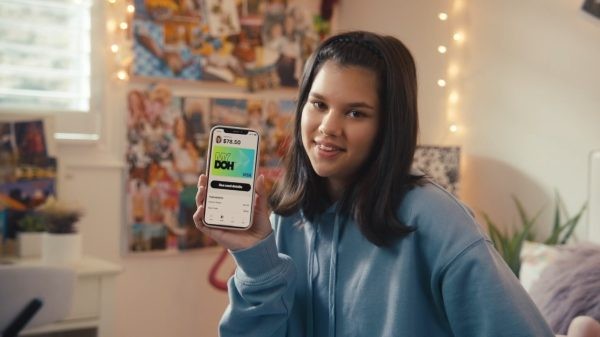With the first quarter of 2022 nearly in the books, WGSN’s latest Shopper Forecast says the next nine months of shopping behaviours will be driven by scarcity, value seeking and TikTok’s heightened role as a purchasing platform.
The consumer trend forecaster has identified three key shopper archetypes that will shape and influence the retail landscape for the rest of the year.
Hybrid shoppers
The supply chain crisis has disrupted the path to purchase, with out-of-stocks, price hikes and product scarcity creating obstacles. Consumers are growing tired of product shortages and long lead times and are increasingly willing to go to any lengths to get what they want, which tests brand loyalty, WGSN says.
According to a survey conducted for Chartered Professional Accountants of Canada, C-Suite executives cited supply chains as their number one challenge, even surpassing COVID. And companies are already taking note. For example, Canadian Tire just announced a $675 million dollar investment to improve its supply chain.
According to WGSN, retailers will need to accelerate omnichannel fulfillment services and keep shoppers happy, as “buy it anywhere, from anyone” is the new mantra.
With supply chain shortages, and potentially long-term effects of geopolitical events like the invasion of Ukraine, consumers are going to be seeking out inventory across multiple channels and platforms, opting for a hybrid way of shopping that spans touchpoints and fulfilment options including mobile apps and marketplaces, stores, social media and resale sites.
Ultra-value seekers
Faced with global uncertainty, consumers will be frugal in 2022, looking for value at every touchpoint, with stimulus dollars now gone and the holiday buying spree in the rearview mirror.
According to a February Angus Reid Institute poll, 53% of Canadians report they can’t keep up with the cost of living, as household budgets are becoming squeezed by the increased cost of staple goods. About three-quarters of Canadians say they’ve modified their spending in recent months, particularly discretionary spending (53%) and major purchases (41%).
All this means consumers will be doubling down on ultra value for the long haul, WGSN says. While spenders last year didn’t scrimp on quality, 2022 is a different story: ultra-value seekers are going to prioritise deep discounts, cutting down on the number of items they purchase and trading down to cheaper, private label brands.
Viral shoppers
The “#TikTokMadeMeBuyIt” trend, with its billions of views, is generating a new cohort of viral shoppers turning to the app to promote, discover and trial the latest products. With social commerce set to grow three times faster than e-commerce in the next four years stateside, this group will be changing online consumption more broadly.
As reported in Media in Canada, social ad spend is a key growth area in 2022 and continues to rise. And media experts expecting to invest in TikTok, nearly doubled year-over-year, especially as Shopify announced in-app integration last summer. Young, clout-chasing shoppers are heavily influenced by what they see on TikTok: according to U.S. figures, 36% of Gen Z bought something they saw on the app while swiping in 2021, while 83% use the platform for product reviews.
According to WGSN, viral shoppers don’t want brands to push products onto them, but look to micro-influencers and creators as sources of inspiration. Chasing trends and discovering one-off items or emerging brands are key priorities, and these shoppers will expect a seamless purchasing journey taking them from a viral video to checkout in just seconds.
























